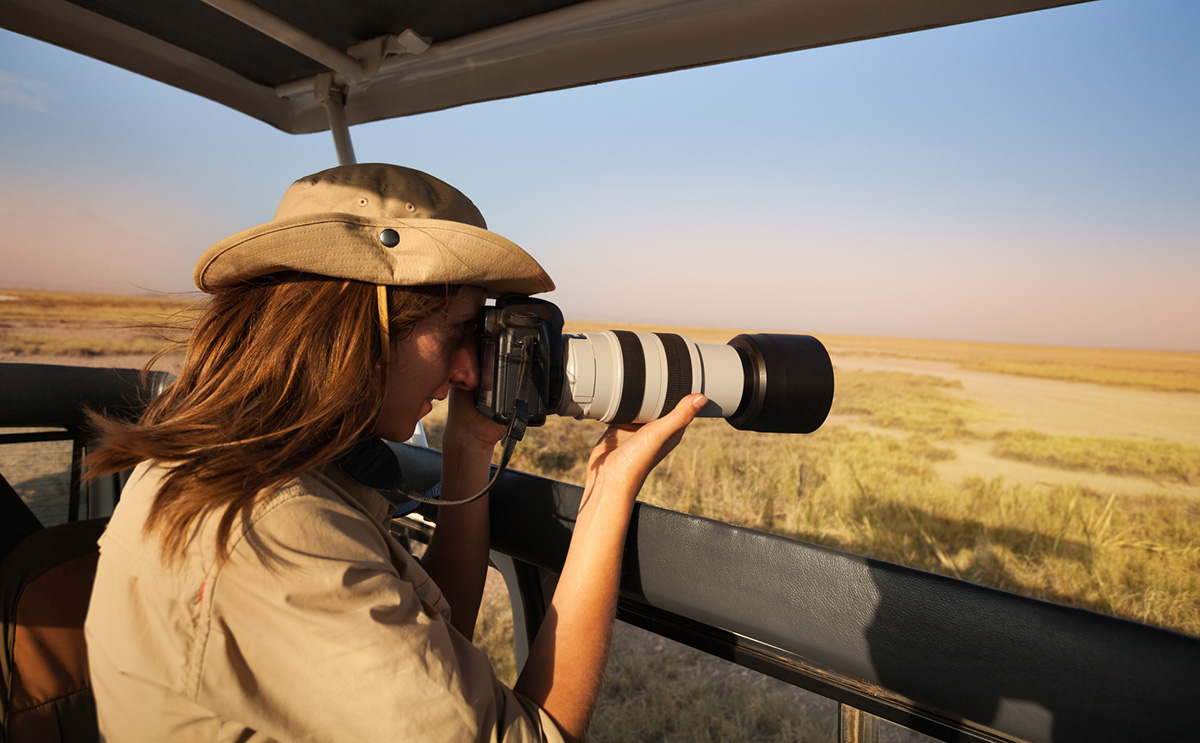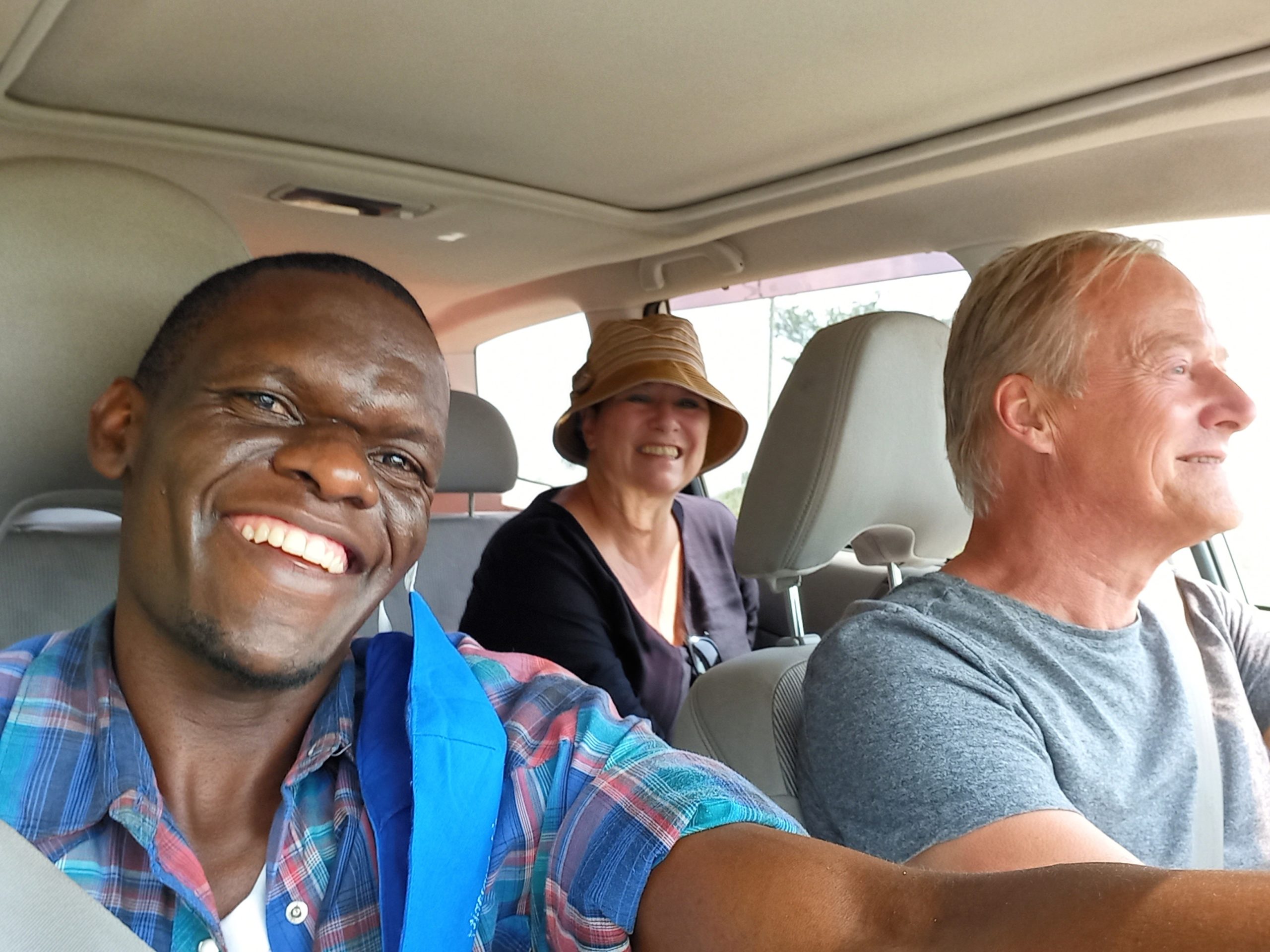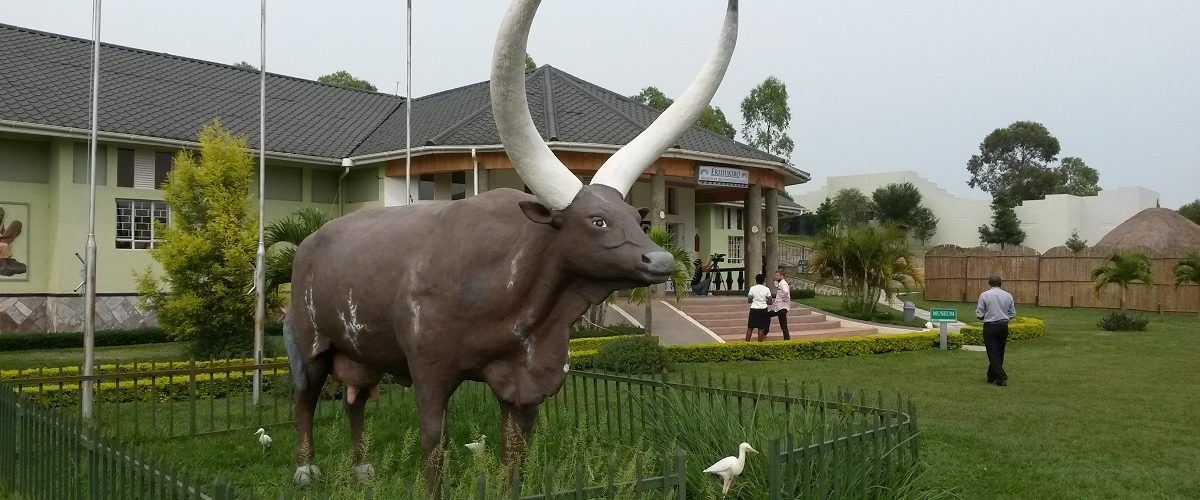
Uganda Cultural Sites By Region: A Journey Through Tradition
Uganda, the “Pearl of Africa,” has breathtaking landscapes, diverse wildlife, and a rich tapestry of cultures. From the rolling hills of the southwest to the shores of Lake Victoria, each region boasts unique traditions, customs, and historical sites that offer a glimpse into the country’s fascinating past. This comprehensive guide will take you on a journey through Uganda’s cultural sites, exploring the vibrant heritage of each region.
Central Region: The Heart of Uganda
The Central Region, home to the capital city Kampala, is a melting pot of cultures and a gateway to some of Uganda’s most iconic cultural sites.
The Buganda Kingdom: A Legacy of Royalty
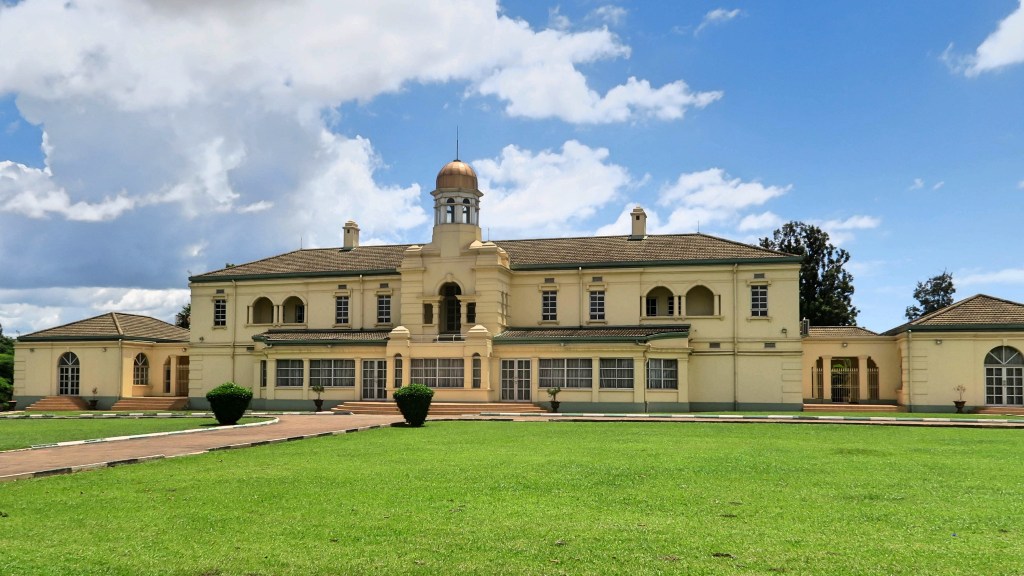
The Buganda Kingdom, one of the most prominent kingdoms in Uganda, has a rich history and cultural heritage. The Kabaka’s Palace in Mengo, Kampala, is a must-visit for anyone interested in Buganda’s royal lineage. The palace, a symbol of the kingdom’s power and authority, is adorned with intricate carvings and traditional architecture.
The Kasubi Tombs: A Sacred Burial Ground
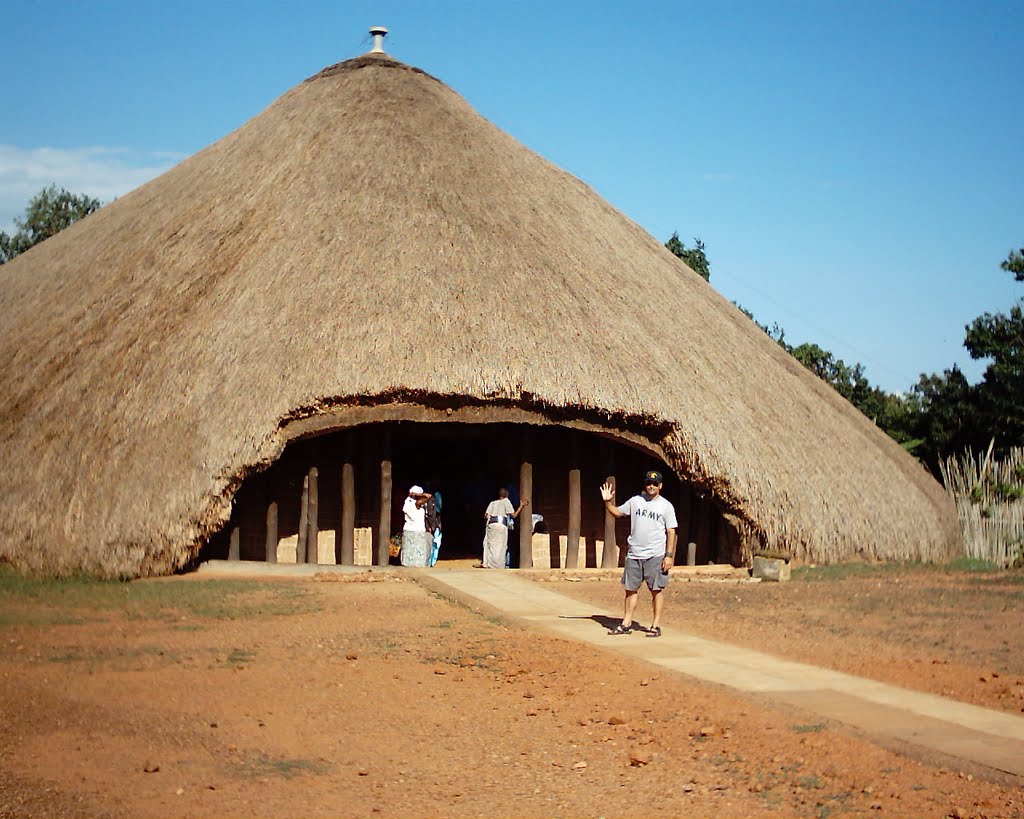
Located in Kampala, the Kasubi Tombs are a UNESCO World Heritage Site and a sacred burial ground for the Buganda Kings. The tombs, built in the traditional style of a circular thatched structure, are a testament to the kingdom’s architectural prowess. Visitors can witness the intricate craftsmanship and learn about the rituals and ceremonies associated with the burial of the kings.
The Namugongo Martyrs Shrine: A Site of Religious Significance
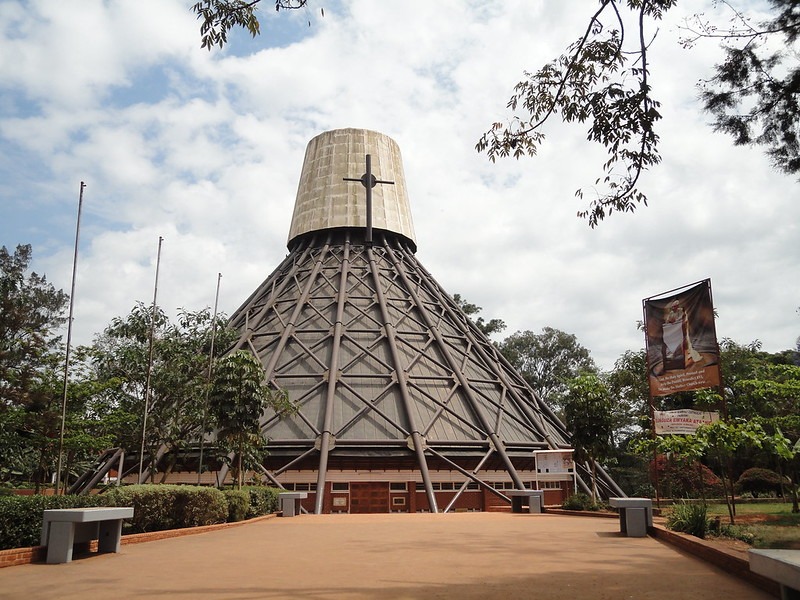
The Namugongo Martyrs Shrine, located just outside Kampala, is a place of pilgrimage for Catholics and Anglicans worldwide. The shrine commemorates the martyrdom of 22 Christian converts who were burned alive in 1886 for refusing to renounce their faith. The shrine is a powerful reminder of the resilience of faith and the sacrifices made for religious freedom.
Western Region: The Land of the Bakiga & Banyankole
The Western Region, known for its rolling hills and fertile land, is home to the Bakiga, Batoro and Banyankole people, who have a distinct culture and traditions.
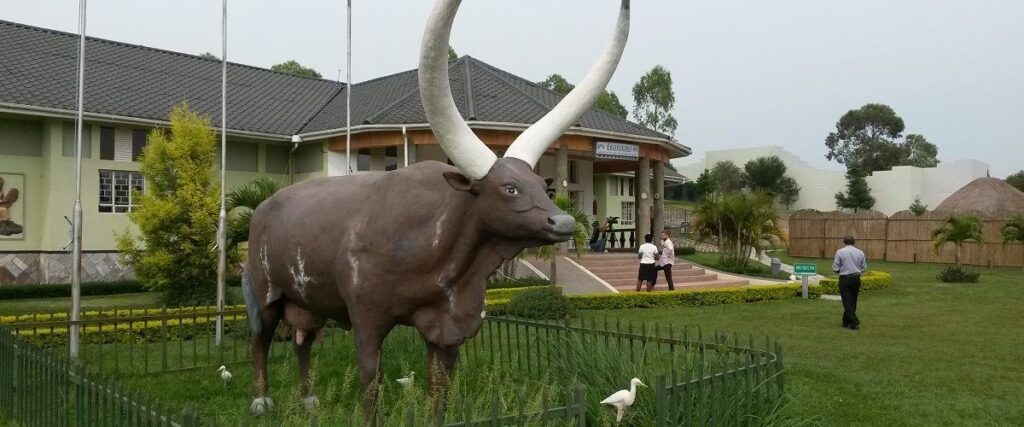
The Nyakasura Cultural Centre: A Celebration of Batoro Heritage
Located in Fort Portal, the Nyakasura Cultural Centre showcases the rich cultural heritage of the Bakiga people. Visitors can learn about their traditional music, dance, and crafts, as well as their unique customs and beliefs. The centre also houses a museum that displays artifacts and exhibits related to the Bakiga history and way of life.
The Igongo Cultural Centre: A Journey Through Banyankole History
The Igongo Cultural Centre in Mbarara is a fascinating place to learn about the history and culture of the Banyankole people. The centre features a museum that displays artifacts, photographs, and exhibits that tell the story of the Banyankole from their origins to the present day. Visitors can also enjoy traditional dance performances and learn about the unique customs and traditions of the Banyankole.
The Queen Elizabeth National Park: A Wildlife Sanctuary with Cultural Significance
While primarily known for its wildlife, Queen Elizabeth National Park also holds cultural significance. The park is home to the Bakiga and Banyankole people, who have lived in harmony with nature for centuries. Visitors can learn about their traditional hunting practices, their relationship with the wildlife, and their unique way of life.
Eastern Region: The Land of the Bagisu and Basoga
The Eastern Region, bordering Kenya, is known for its lush landscapes and the vibrant cultures of the Bagisu and Basoga people.
The Mbale Cultural Centre: A Celebration of Bagisu Tradition
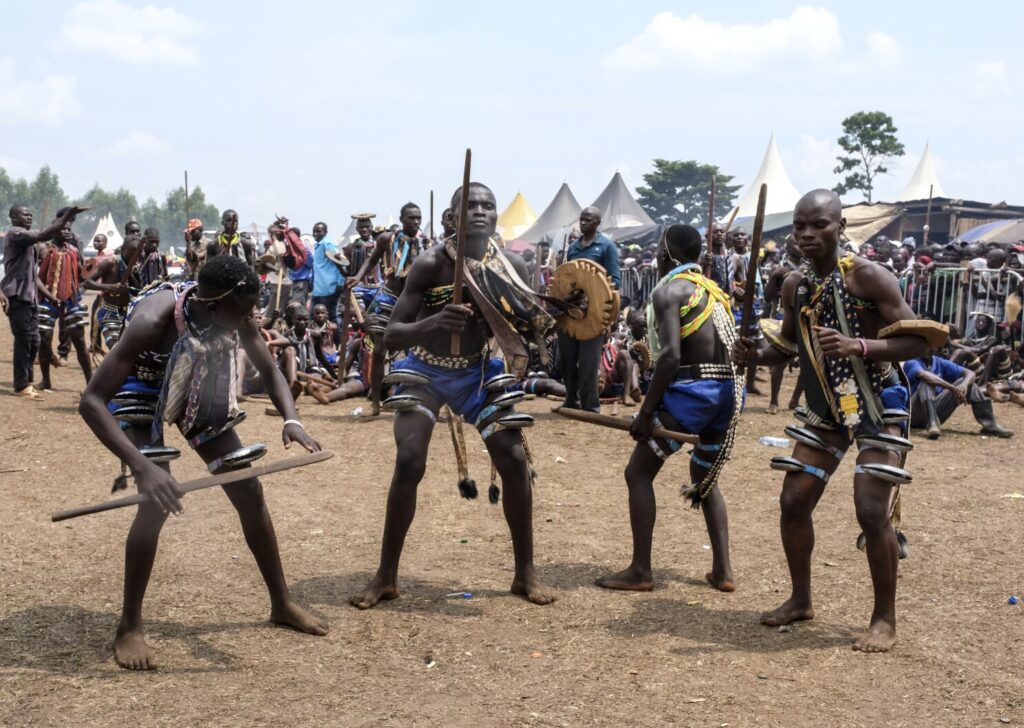
Located in Mbale, the Mbale Cultural Centre is a vibrant hub of Bagisu culture. Visitors can witness traditional dances, learn about the Imbalu circumcision ceremony, and explore the unique customs and beliefs of the Bagisu people. The centre also houses a museum that displays artifacts and exhibits related to the Bagisu history and way of life.
The Busoga Kingdom: A Legacy of Kings and Queens
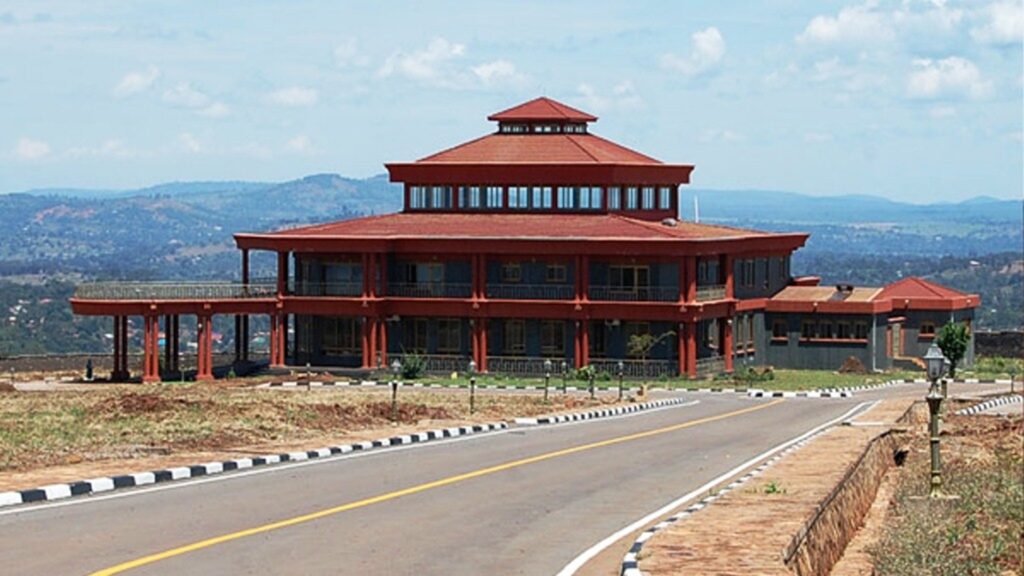
The Busoga Kingdom, located in the eastern region, has a rich history and cultural heritage. The Kyabazinga’s Palace in Jinja is a symbol of the kingdom’s power and authority. Visitors can learn about the kingdom’s history, its royal lineage, and its unique traditions.
The Source of the Nile: A Place of Myth and Legend

The Source of the Nile in Jinja is not only a geographical landmark but also a place of myth and legend. The Basoga people believe that the Nile is a sacred river, and they have many stories and traditions associated with it. Visitors can learn about these myths and legends and experience the spiritual significance of the Nile.
Northern Region: The Land of the Karamojong & Acholi
The Northern Region, bordering South Sudan, is known for its vast savannas and the unique cultures of the Karamojong and Acholi people.
The Karamoja Cultural Centre: A Glimpse into Karamojong Life
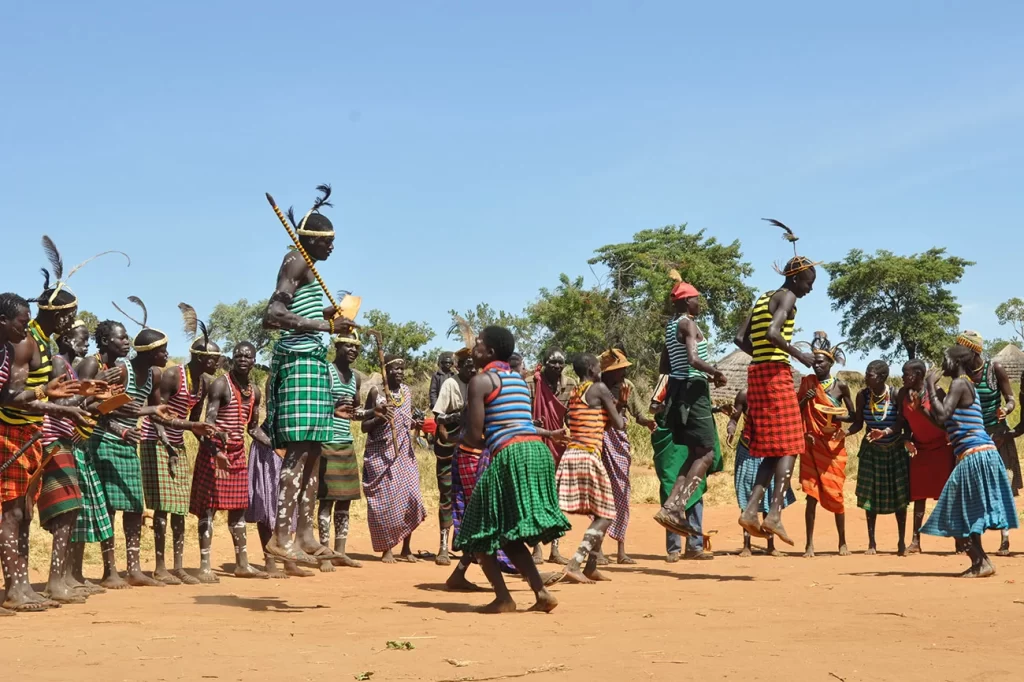
Located in Moroto, the Karamoja Cultural Centre offers a glimpse into the traditional way of life of the Karamojong people. Visitors can learn about their nomadic lifestyle, their cattle herding practices, and their unique customs and beliefs. The centre also houses a museum that displays artifacts and exhibits related to the Karamojong history and way of life.
The Acholi Cultural Centre: A Celebration of Acholi Heritage
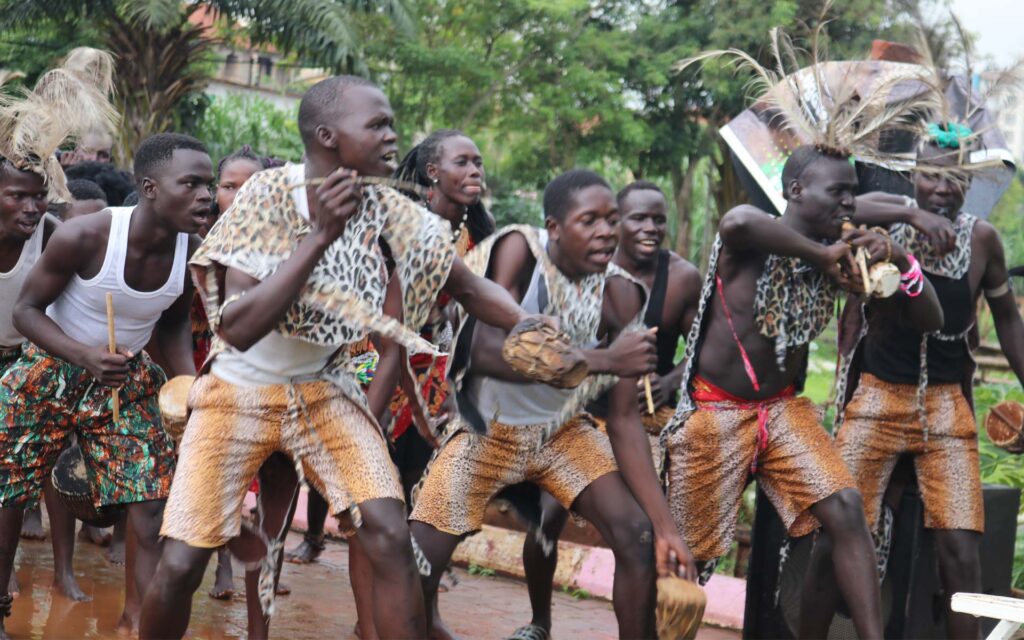
The Acholi Cultural Centre in Gulu is a vibrant hub of Acholi culture. Visitors can witness traditional dances, learn about the Acholi language and customs, and explore the unique traditions of the Acholi people. The centre also houses a museum that displays artifacts and exhibits related to the Acholi history and way of life.
Western Nile Region: The Land of the Alur & Madi
The Western Nile Region, bordering the Democratic Republic of Congo, is known for its lush forests and the unique cultures of the Alur and Madi people.
The Alur Cultural Centre: A Journey Through Alur Tradition
Located in Nebbi, the Alur Cultural Centre showcases the rich cultural heritage of the Alur people. Visitors can learn about their traditional music, dance, and crafts, as well as their unique customs and beliefs. The centre also houses a museum that displays artifacts and exhibits related to the Alur history and way of life.
The Madi Cultural Centre: A Celebration of Madi Heritage
The Madi Cultural Centre in Arua is a vibrant hub of Madi culture. Visitors can witness traditional dances, learn about the Madi language and customs, and explore the unique traditions of the Madi people. The centre also houses a museum that displays artifacts and exhibits related to the Madi history and way of life.
Uganda’s cultural sites offer a fascinating journey through the country’s rich history and diverse traditions. From the Buganda Kingdom’s royal palaces to the Karamojong people’s nomadic lifestyle, each region has its own unique story to tell. By exploring these sites, visitors can gain a deeper understanding of Uganda’s cultural heritage and appreciate the beauty and diversity of its people. Whether you’re interested in ancient history, traditional customs, or simply experiencing the vibrant culture of Uganda, these cultural sites are a must-visit for any traveler.
Planning to visit Uganda and would love to explore one or more of these top cultural sites, we at Rent A Driver Uganda will be more than delighted to offer you a rental car and driver-guide to accompany you as you discover the rich traditions and heritage of some of the most popular tribes in Uganda. You can contact us now by sending an email to info@rentadriveruganda.com, call/ chat now through +256-700135510.

